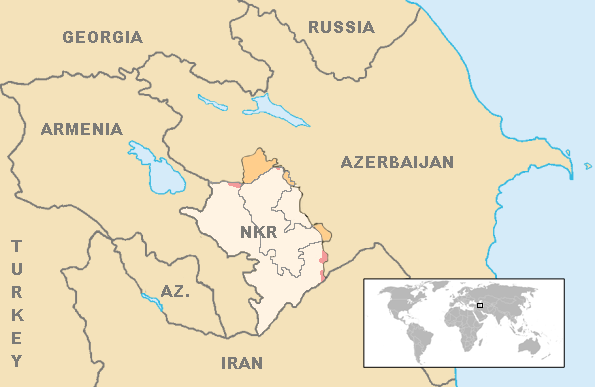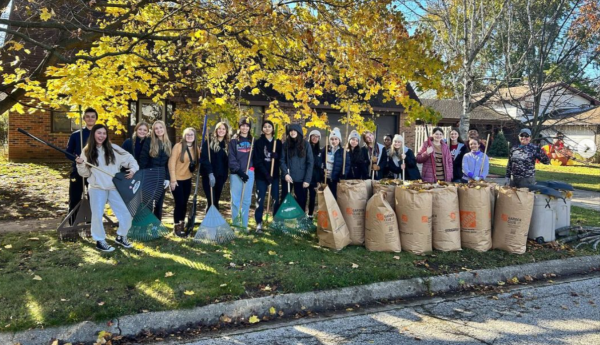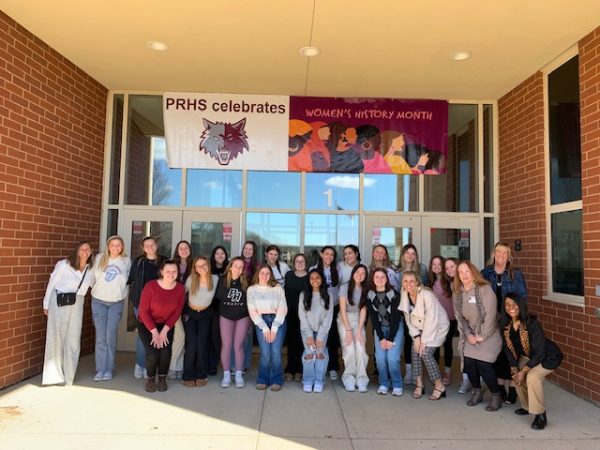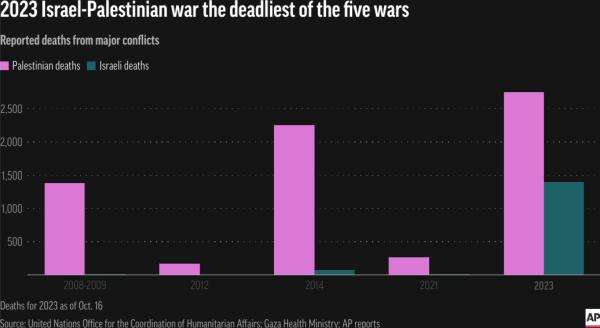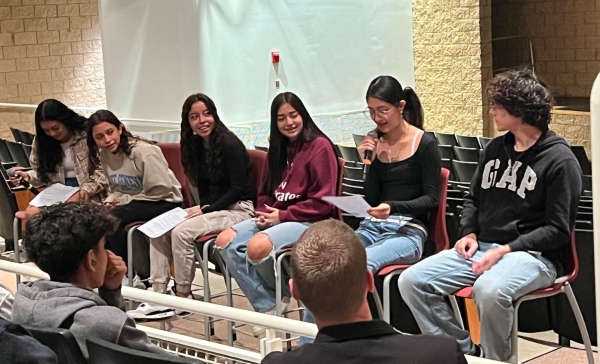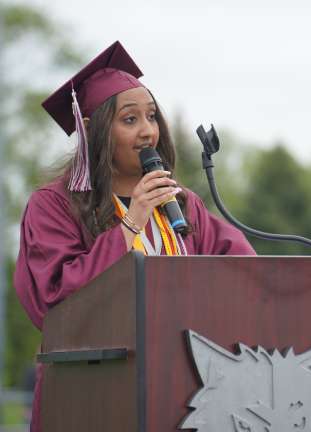The War Nobody Talks About
It Seems Like Nobody Knows About the Armenia-Azerbaijan War
September 27th 2020, a century long conflict reignited in a year where global crisis, politics and the COVID-19 pandemic have ravaged the world. A war which had taken tens of thousands of lives and decimated the Caucasus region of Eurasia, and ended in terms that likely set the precedent for future conflict. Yet despite this recent travesty, almost nobody has heard much at all about it, and much less, how it all happened.
In 1991, after the fall of the Soviet Union, various states and republics of the now shattered union called for their independence. Among those nations were Armenia and Azerbaijan. Prior to the Union’s conception and annexation of the two nations, both continually fought over the Nagorno- Karabakh region of the caucuses. Although the region was held under Azerbaijani rule, the region contained more ethnic Armenians. In the 1980’s the union allowed a referendum in which the region voted to become part of Armenia. This sparked the Nagorno-Karabakh War which ensued up until the 1994 agreement which allowed the region to continue to be claimed and identified under Azerbaijan. Meanwhile, the region and much of the encompassing territory captured in the war became occupied land under Artsakh forces and identified as a breakaway state. Both sides dug in to what became an unofficial demilitarized zone. Although perpetual fighting continued in very small skirmishes that often died down.
This year was different.
The morning of September 27th, 2020, the war was reignited when shots were fired on the Nagorno-Karabakh line of contact. Although not yet certain, it is believed that violence intensified with an Azerbaijani offensive. The Azerbaijani forces pressed into Nagorno-Karabakh from the much more vulnerable southern flank where they could make the most ground coverage compared to the heavily defended, mountainous northern region. The full-fledged war consumed the month of October, with both sides blamed for war crimes and initiating bombings on civilian sites, creating a humanitarian crisis.
Azeris saw major victories with the aid of advanced military weapons and drone tech from Turkey and Israel. On the contrary, Armenian and Artsakh forces took massive casualties and were defenseless, continuing to lose ground to deadly drone strikes. Civilians across the region were forced to flee or risk being killed by drone strikes or stray shrapnel. Eventually the Azerbaijani forces neared the border of Armenia and began to press into the interior of the region and on November 8th, made a key historic victory in capturing Shusha which was 15 kilometers from the region’s capitol, Stepanakert. The next day Armenia surrendered.
In the aftermath, 142+ civilians died, over 1,177 Armenian-backed Artsakh forces were killed with more than 3,000 wounded, and more than 400 Azerbaijani forces wounded. Azerbaijani deaths are not yet confirmed. November 10th with the ceasefire signed, brokered by Russia, the talks concluded with Azerbaijan keeping its captured territory and regaining full control of the previously occupied Azerbaijani land prior to the conflict. Its captured territory of southern Nagorno-Karabakh, including Shusha, would be under its jurisdiction but would have Turkish forces acting as peacekeepers. Armenia would still hold occupancy of the north and central region of Nagorno- Karabakh which would have 2,000 Russian troops acting as peacekeepers.
Speculation of conspiracy remains as Russia is viewed to have favored Armenia in the first Karabakh war allowing for Armenia to hold occupancy over the captured territories and greater region forming the breakaway state of Artsakh. Meanwhile Azerbaijan has been accused of conspiring with the Turks with joint military exercises in August leading up to the war and having a greater national defense budget of approximately $24 million dollars combined with Turkish armaments and aid. Turkey, viewed by the international community as having interfering with a conflict outside of their jurisdiction has seen criticism, a pattern which has been seen in both Syria and Libya. Both these nations have also seen Russian interference as well, suggesting a potential play by proxy.
In the end with thousands dead, and Azerbaijan celebrating, Armenia is in turmoil seeing mass protests and riots, mobs storming government buildings calling for the prime minister Nikol Pashinyan’s resignation. In captured territories, ethnic Armenians may be forced to leave, many of whom have left in droves, burning their homes and communities. Meanwhile Azeris displaced from the first war have begun moving back into their old homes and communities.
The conflict, following the shaky peace deal, at heart isn’t over. Bloodshed is to be expected in future, and so is continued international interference.
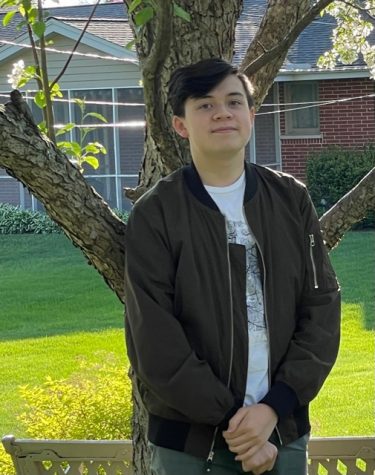
Alex (Xan) has been on news team for four years. He writes primarily about national and global news but also works and collaborates with other writers...



